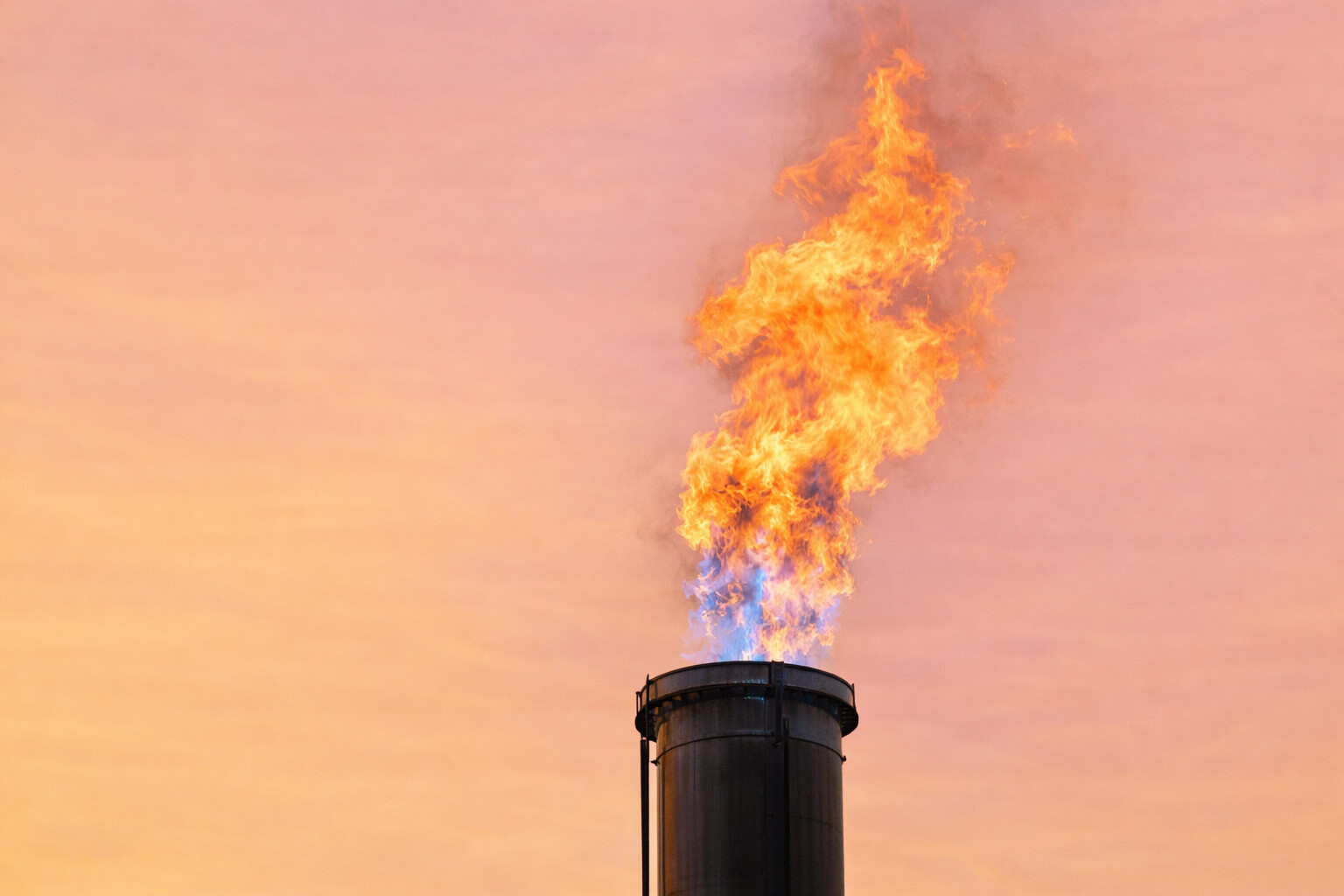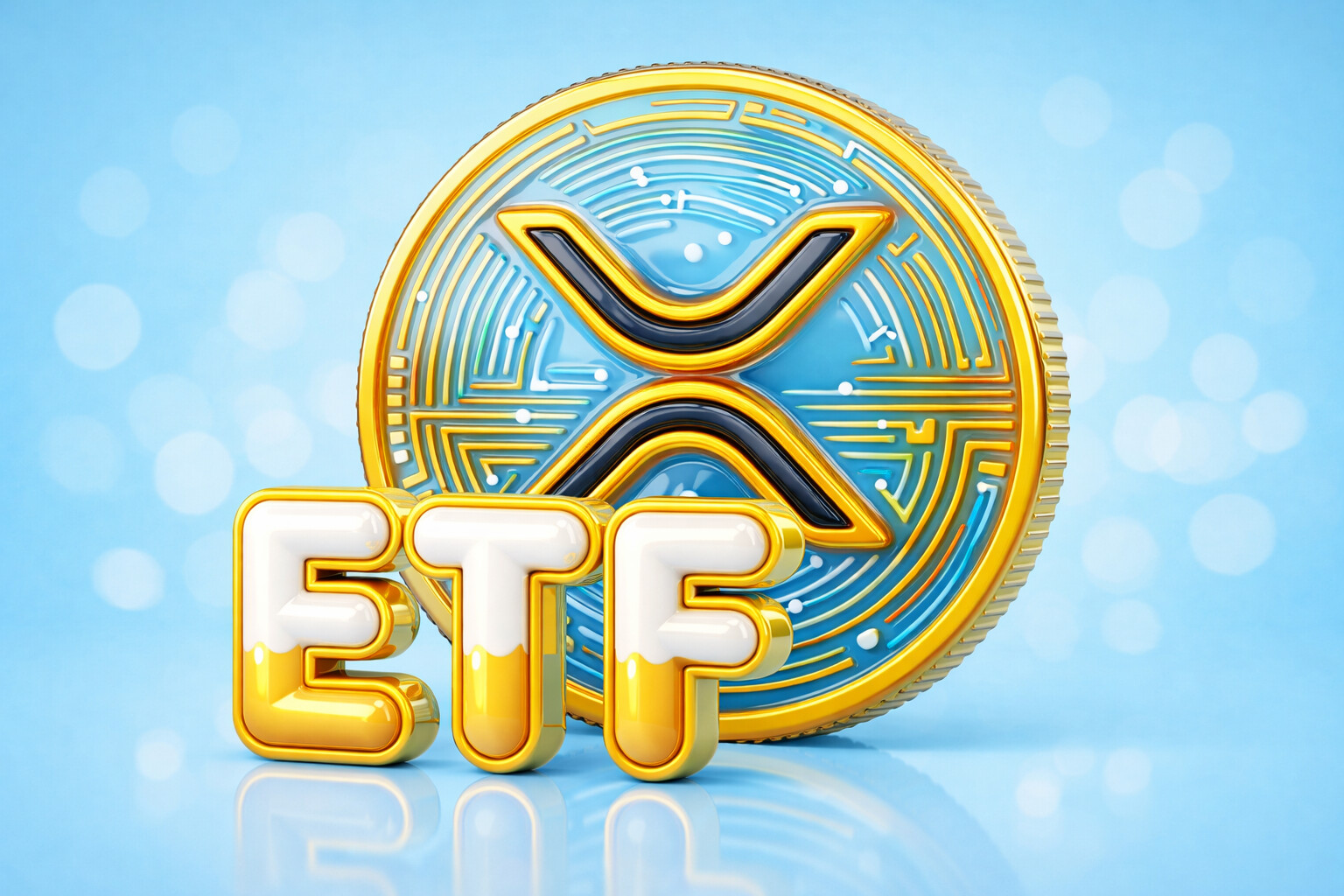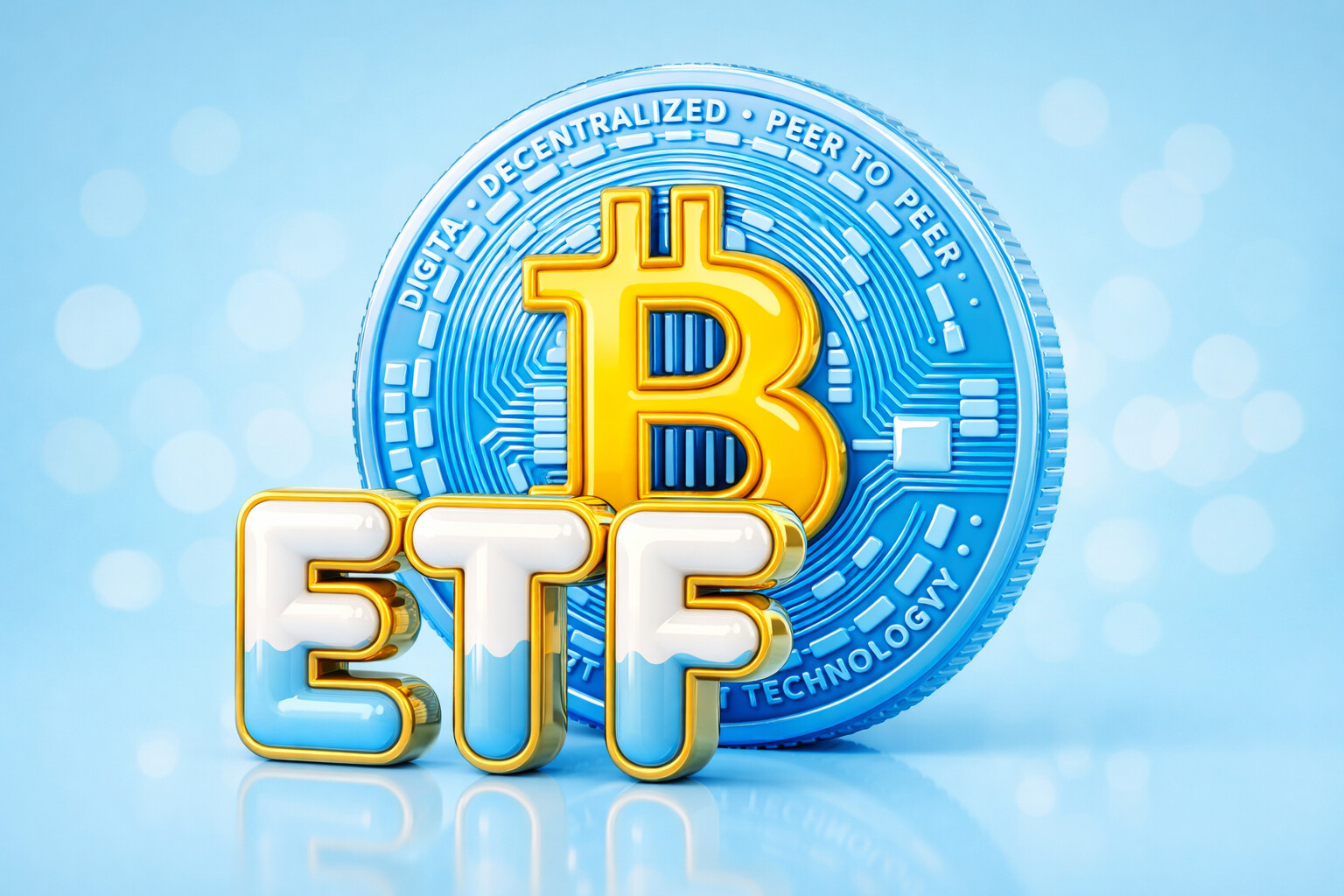
Crude Oil Trading News Prices Dynamics and Economic Concerns
Analyzing Undercurrents in the Crude Oil Market: U.S. Interest Rate Maneuvers, OPEC+ Decisions, China's Economic Posture, Currency Influence, Seasonal Factors, Natural Disasters, and Global LNG Supplies | That's TradingNEWS
The Dance of Crude Oil Prices: Analyzing The Undercurrents
The Market Dynamics
Crude oil is indeed the heartbeat of the global economy, serving as an essential energy source and the fundamental building block for various industrial applications. The fluctuating prices of crude oil form a complex web of interlinked factors that ripple through global markets. This multifaceted and intricate web has seen recent reverberations, with crude oil prices initially rising and then taking a steep turn into negative territory.
U.S. Interest Rate Uncertainties and Chinese Demand Concerns
The U.S. Federal Reserve's ongoing saga with interest rate adjustments has been a primary driver in manipulating crude oil prices. The intent behind the potential rate increases is to tame inflation, an action that may consequently suppress U.S. economic activity. John Kilduff, partner at Again Capital LLC, elucidates the connection, explaining that these moves have tangible repercussions for both domestic and international crude oil markets.
China's economic posture, amid challenges like a property slump and faltering spending patterns, has created an air of uncertainty regarding its demand for crude oil. The world's second-largest economy has been reluctant in its recovery to pre-pandemic levels, igniting concerns over its future crude oil buying patterns. This uncertainty was further highlighted when China's central bank unexpectedly trimmed its one-year lending rate by 10 basis points, contrary to analysts' expectations.
The OPEC+ Factor
OPEC+ plays a vital role in setting global crude oil prices. Recent supply cuts implemented by the group comprising the Organization of the Petroleum Exporting Countries (OPEC) and allies, including Russia, have driven prices above $80 a barrel. As China draws on its record inventories, the OPEC+ maneuver continues to dictate market dynamics.
Saudi Arabia's influence is notable, as its July shipments to China fell sharply by 31% from June. Meanwhile, Russia's discounted crude maintains its position as China's largest supplier. Analysts anticipate Saudi Arabia's depressed shipments to continue through the third quarter.
Currency Impact and Heating Oil Dynamics
The currency market indirectly influences crude oil prices, as witnessed by the weaker dollar's role in potentially boosting demand. A softer dollar makes oil purchases more cost-effective for other currency holders, which in turn can fuel demand.
Another fascinating facet of the crude oil market is the high price of heating oil, especially as the northern hemisphere prepares for colder months. John Evans of oil broker PVM provides an engaging metaphor, comparing the situation to hitting a "flying insect with a bazooka," reflecting the complexity of determining whether the buoyant heating oil market will propel or merely support oil prices.
Unforeseen Developments: Hurricanes and Strikes
Unpredictable elements such as hurricane seasons in both the Pacific and Atlantic oceans add a layer of complexity to the crude oil market. As seen recently with Tropical Storm Hilary and an unnamed storm moving across the Gulf of Mexico, the potential closure of offshore oil production facilities or refinery shutdowns can create significant market fluctuations.
Additionally, the brewing industrial unrest at Australian liquefied natural gas (LNG) plants intensifies concerns over global supplies. With potential disruptions threatening about 4% of global LNG supply, European traders remain on edge. A strike across three major plants, accounting for approximately 10% of global LNG supplies, could further exacerbate the situation by early September.
Saudi Arabia's Strategic Play
Saudi Arabia has been deftly wielding its influence on crude oil markets, as seen with its decision to cut production by 1 million barrels a day in July. This move has significantly contributed to the summer rally in crude oil prices. As part of a tightening supply strategy, this cut is set to extend through September, showcasing the nation's firm grip on market dynamics.
Global Economic Fears and Future Projections
Worries over China's economy, amplified by its property-sector woes, and a concomitant rise in the U.S. dollar have contributed to a more than 2% fall in WTI and Brent last week. These concerns underscore the fragile global economic landscape and its effect on crude oil prices.
Despite these apprehensions, OPEC forecasts a growth of over 2% in global crude-oil demand for both 2023 and 2024. The Department of Energy's reporting of a year-on-year decrease in both crude oil and total inventories reaffirms this optimism.
European Natural Gas and Market Drivers
Europe's natural gas market is witnessing sharp price fluctuations, underscored by the recent 9.1% spike in TTF, the European benchmark. The potential strike at an Australian LNG export plant compounds fears of disruption to global supplies, setting up a fierce competition with Asia.
While Europe's gas storage is nearly full, helping keep prices in check, the unfolding labor unrest in Australia adds a layer of uncertainty. The prospect of simultaneous strikes at three key plants by early September paints a complex picture for the immediate future of global LNG supplies.
Global Oil Market Oscillations
Volatility in Crude Oil Prices: The crude oil market recently witnessed fluctuations that are rarely seen in its complex landscape. On Monday, crude oil prices wavered between positive and negative territory, reflecting global macroeconomic concerns. Brent crude experienced a decline to $84.48, a drop of 33 cents by 1641 GMT, after briefly turning negative. Meanwhile, U.S. West Texas Intermediate crude settled down by 8 cents at $81.17 a barrel.
These fluctuations were not merely random; they are driven by a multitude of factors that affect global demand and supply. In Monday's session, both crudes saw a jump of $1 before turning negative. The cause behind these oscillations can be traced to possible U.S. interest rate increases, slowing economic growth in China, and other intricate market dynamics.
Interest Rates and Economic Activity: One major force is the policy changes by the U.S. Federal Reserve, which aims to tackle inflation through interest rate hikes. This move has impacted U.S. economic activity, slowing down the demand for crude oil. Concurrently, China's hesitance in returning to pre-pandemic economic levels has further deepened concerns. John Kilduff, a partner at Again Capital LLC, opined that China's recovery seems unlikely, given the vast crude reserves they've already accumulated earlier in the year.
Unraveling the Oil Supply-Demand Balance
Benchmark Prices & Demand Outlook: Both benchmark prices have ended a seven-week winning streak, recording a weekly loss of 2%. Concerns over China's sluggish economic growth, coupled with possible U.S. interest rate hikes, have overshadowed the demand outlook for oil. A surprise move by China's central bank in trimming its one-year lending rate by 10 basis points, against an expected 15, has added further to market jitters.
Saudi Arabia and Russia's Influence: In a changing supplier landscape, top exporter Saudi Arabia's July shipments to China fell by 31% from June. Russia's discounted crude enabled it to remain China's largest supplier. This change reflects a broader shift in global demand patterns, especially with analysts expecting Saudi's shipments to remain depressed through Q3.
OPEC's Role & Price Trends: Another critical aspect to consider is OPEC+'s supply cut measures, influencing oil prices and balancing supply-demand equations. The group, comprising the Organization of the Petroleum Exporting Countries (OPEC) and allies like Russia, has kept prices above $80 a barrel, prompting China to draw from its record inventories. Despite this, experts like Warren Patterson, ING's head of commodities research, still see a tight oil balance for the remainder of the year, suggesting further room for prices to climb.
Currency Impact & Seasonal Factors
Weaker Dollar & Demand: The dynamics of the currency market also play a pivotal role in shaping oil prices. A weaker dollar makes oil purchases more affordable for holders of other currencies, potentially boosting global demand. This effect was evident when oil prices rose by more than 1% on Monday, reflecting tighter supply and the weakening dollar's impact.
Heating Oil & Seasonal Concerns: Seasonal factors are also crucial in understanding oil price movements. As the northern hemisphere enters the darker and colder months, heating oil comes into focus. This element adds to the bullish sentiment, but as John Evans of oil broker PVM puts it, striking the right balance is like trying to hit a "flying insect with a bazooka."
Natural Disasters & Their Consequences
The Hurricane Season's Impact: Natural disasters and climate events are often overlooked but can have profound impacts on oil prices. With the hurricane season becoming more active in both the Pacific and Atlantic oceans, concerns are rising over possible offshore oil production facility closures and refinery shutdowns. Tropical Storm Hilary's impacts on Southern California refineries and another unnamed storm in the Gulf of Mexico have kept investors on their toes. These natural occurrences can have sudden and unexpected effects on global oil prices.
European Gas Market and Australian Labor Unrest
European Gas Prices & Australian Strikes: While Europe's gas storage is nearly full, helping keep prices in check, the unfolding labor unrest in Australia adds a layer of uncertainty. The prospect of simultaneous strikes at three key plants by early September paints a complex picture for the immediate future of global LNG supplies.
Australian LNG exports could be halted as workers seek better pay and job security at key export plants. Offshore Alliance, representing two labor unions, has warned that production could soon be disrupted at Woodside’s North West Shelf (NWS) facilities, which account for about 4% of global LNG supply. Furthermore, if buyers of Australian seaborne gas in Asia start looking for alternatives, it may put them in direct competition with Europe.
Strike Implications & EU's Gas Storage: The Offshore Alliance is also set to finalize a strike vote at Chevron-operated Wheatstone and Gorgon LNG ventures by August 28. These three plants, accounting for about 10% of global LNG supplies, could all go on strike by early September. Meanwhile, the EU's gas storage, being 91% full, has provided some cushion against these immediate uncertainties.
Conclusion: Navigating a Sea of Complexity in the Global Oil and Gas Market
The multifarious world of crude oil and natural gas offers an enthralling study of a complex system, interwoven with a myriad of factors shaping its daily oscillations. Let's summarize the forces at play that have been brought to the forefront in this analysis.
Global Economic and Monetary Policy Drivers: The shifts in U.S. monetary policy, with potential interest rate hikes aimed at quelling inflation, have imparted a significant influence on crude oil prices. Simultaneously, China's economic hesitance and unexpected policy shifts add a layer of uncertainty to the global demand outlook for crude oil. These macroeconomic considerations are fundamental to understanding the present scenario in the crude oil markets.
OPEC+ and Key Nations' Influence: The deliberate actions of OPEC+, Saudi Arabia, and Russia have proven decisive in determining crude oil price trends. Saudi Arabia's strategic cut in production and Russia's robust position as China's largest supplier have showcased their commanding influence in shaping global demand patterns. OPEC+'s carefully calibrated supply cuts continue to steer market dynamics, affirming the group's central role in balancing global supply and demand.
Currency Dynamics and Seasonal Aspects: The nuanced relationship between crude oil prices and currency movements, particularly the U.S. dollar, unveils another layer of complexity. Seasonal factors, especially the rising demand for heating oil in the northern hemisphere, have the potential to further drive price trends. These subtler elements enrich the narrative of the oil market, illuminating its intricate nature.
Natural Disasters and Unpredictable Elements: Natural disasters, such as hurricanes and storms, add an unpredictable dimension to the crude oil market. Their potential to cause abrupt closures of production facilities or refineries can lead to significant market fluctuations. The unfolding labor unrest in Australia's LNG plants amplifies these unforeseen variables, casting a shadow of uncertainty over global LNG supplies.
European Gas Market Dynamics: The situation in Europe's natural gas market exemplifies the nuanced dance of demand and supply. While nearly full storage provides a safety buffer, the prospect of strikes in Australia's key LNG plants presents a potential disruption in the global LNG supply chain. The interplay between these factors underscores the delicate equilibrium in the global gas market.
The panoramic view of the global oil and gas market, as presented in this analysis, captures its dynamism and complexity. The confluence of economic, geopolitical, seasonal, and unpredictable factors creates a constantly evolving landscape. The dance of crude oil prices and the interplay in the natural gas market reveal a fascinating world where understanding the undercurrents requires meticulous attention to detail and a broad perspective.
Investors, policymakers, and market watchers must navigate this sea of complexity with both caution and acumen. The ever-changing nature of this global system demands a vigilant eye and a flexible approach, ready to adapt to sudden shifts and emerging trends. This landscape not only reflects the multifaceted nature of the energy market but also serves as a microcosm of the global economy, resonating with challenges and opportunities in a world in perpetual motion.
Read More
-
IVV ETF Price – NYSEARCA:IVV Holds $694 As S&P 500 Bull Run Meets Rotation Risk
18.01.2026 · TradingNEWS ArchiveStocks
-
XRP ETF Flows – XRPI And XRPR Shadow $2.05 XRP-USD As 803.78M Tokens Lock In
18.01.2026 · TradingNEWS ArchiveCrypto
-
Natural Gas Price Forecast – NG=F Holds $3.10 As U.S. Cold Wave And €36.66 TTF Rally Tighten Supply
18.01.2026 · TradingNEWS ArchiveCommodities
-
USD/JPY Price Forecast - USDJPY=X Tests 160: BOJ Politics, Fed Delay And Intervention Fears Collide
18.01.2026 · TradingNEWS ArchiveForex



















